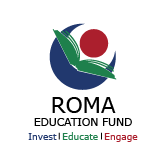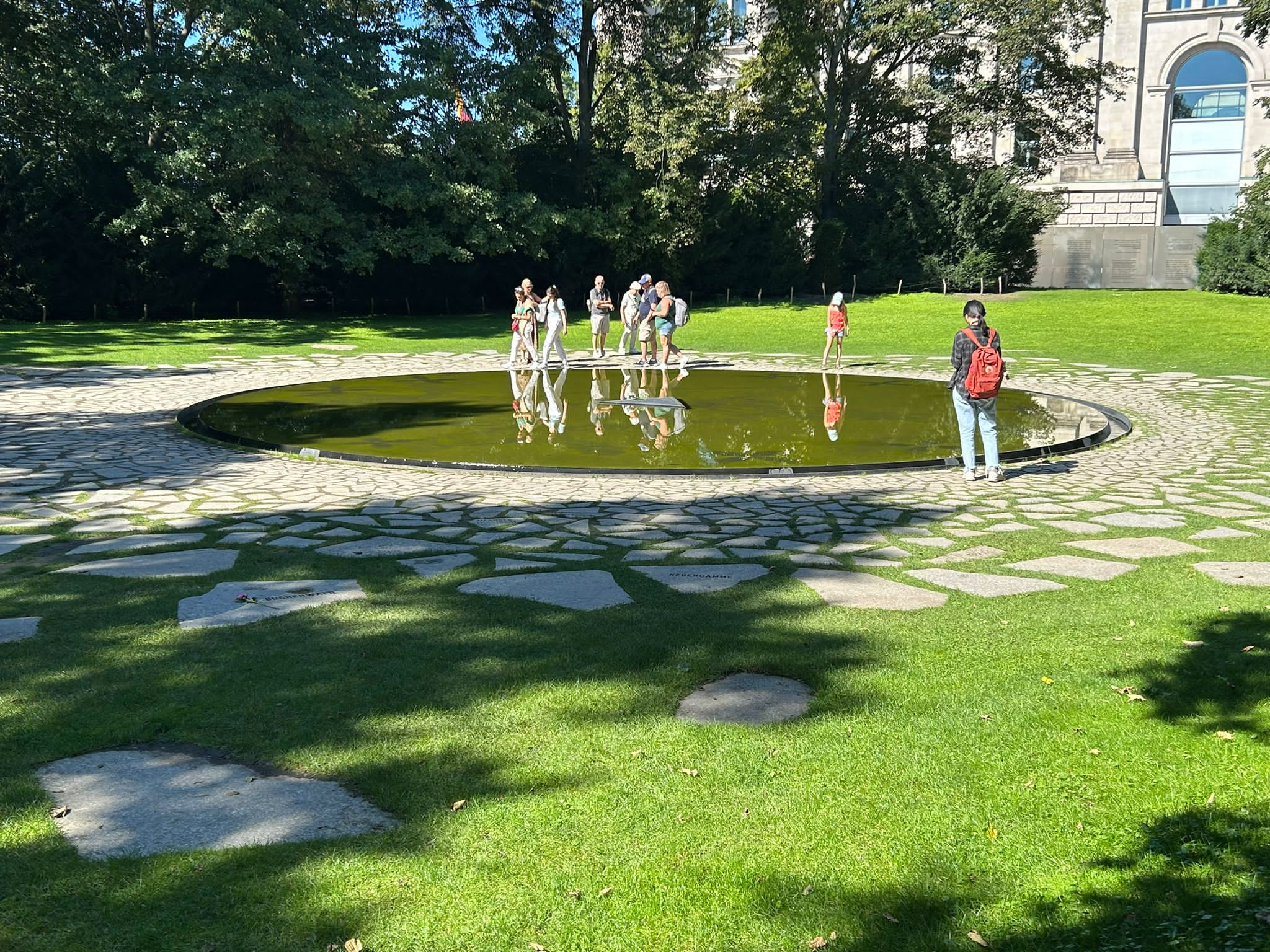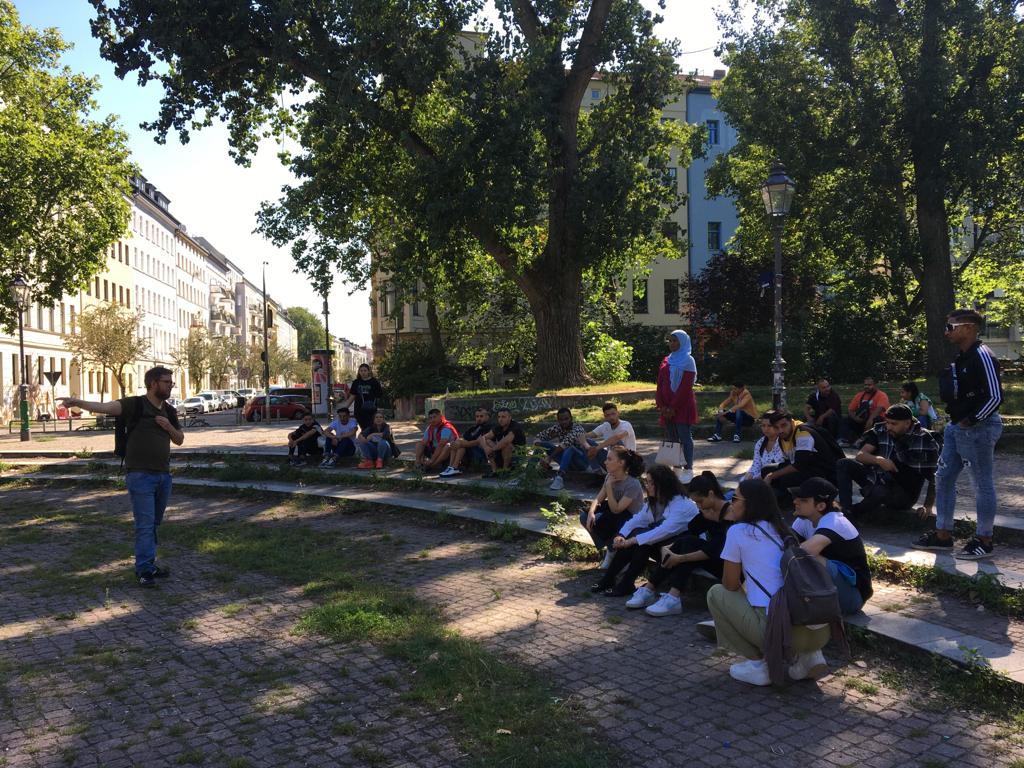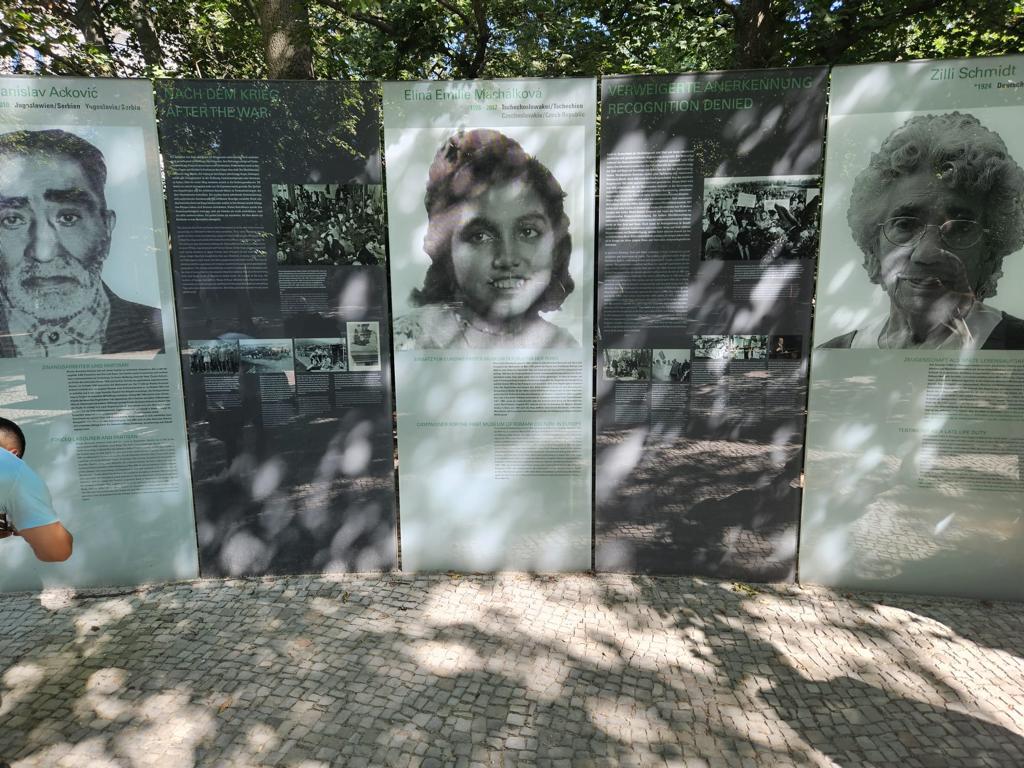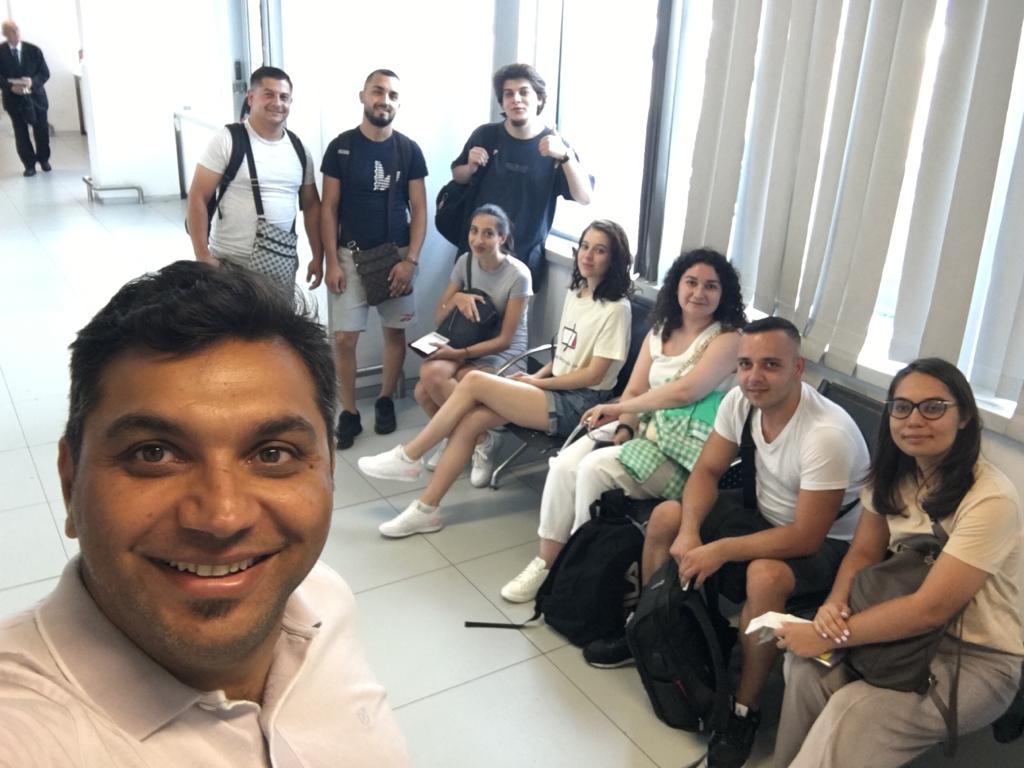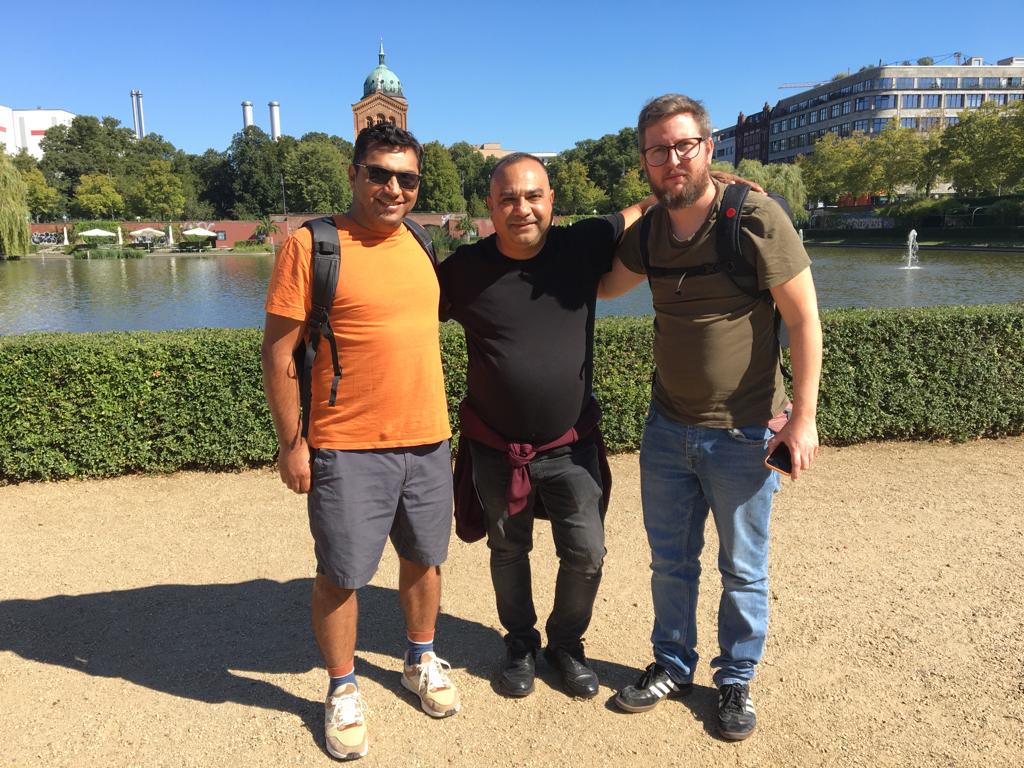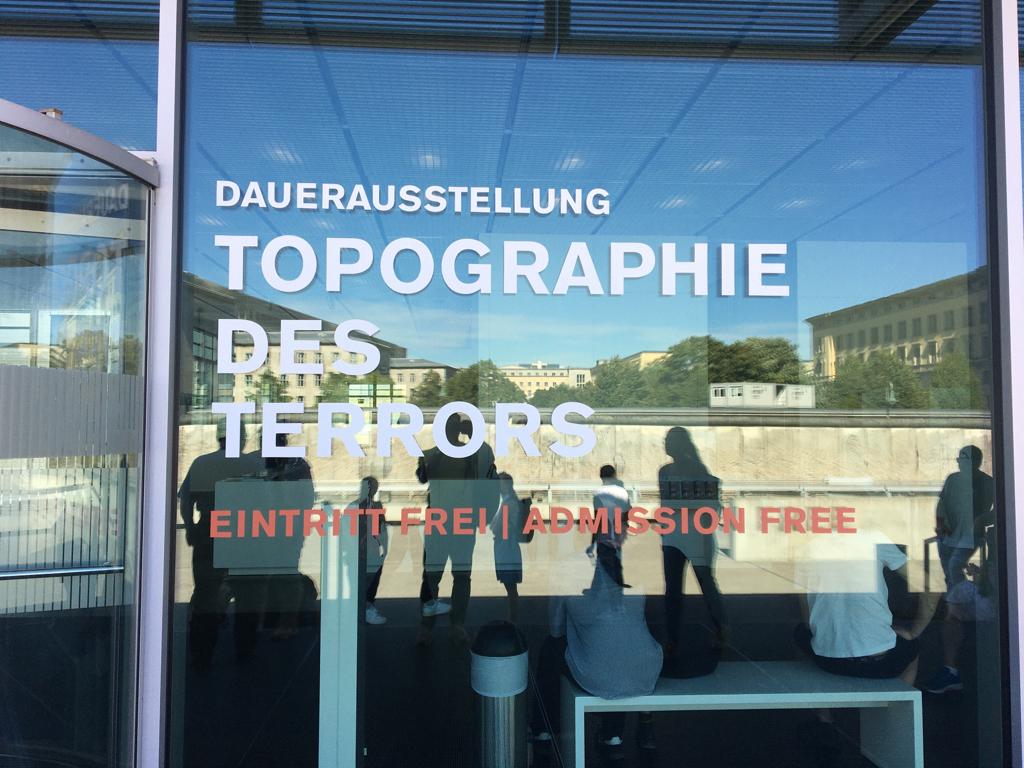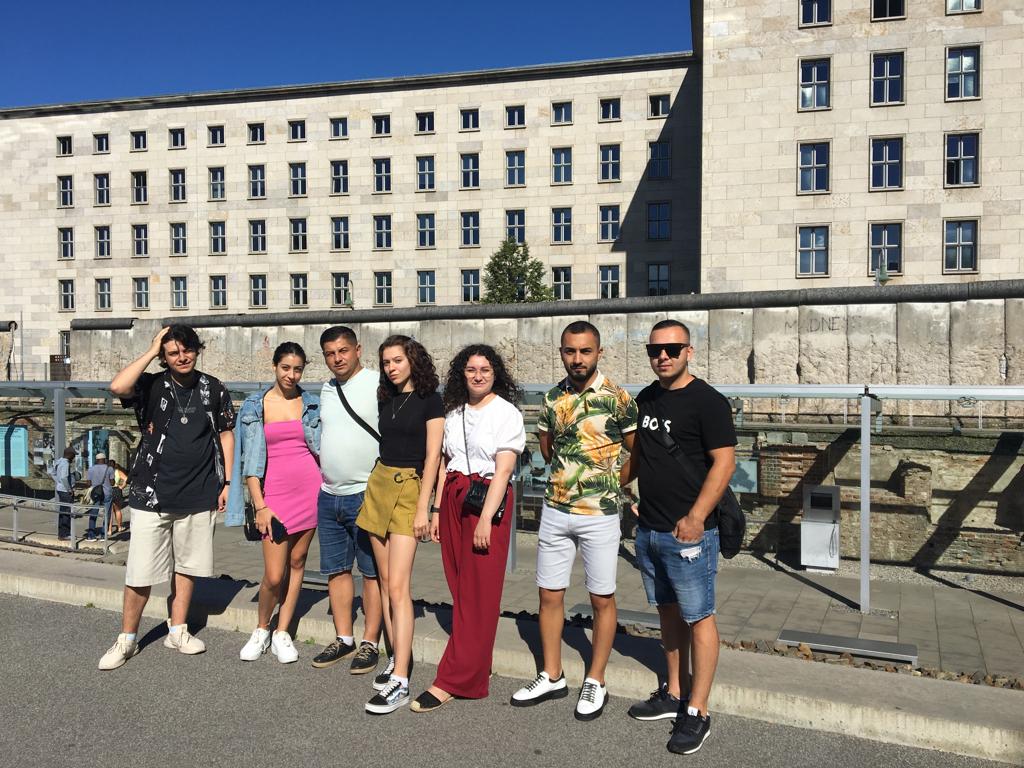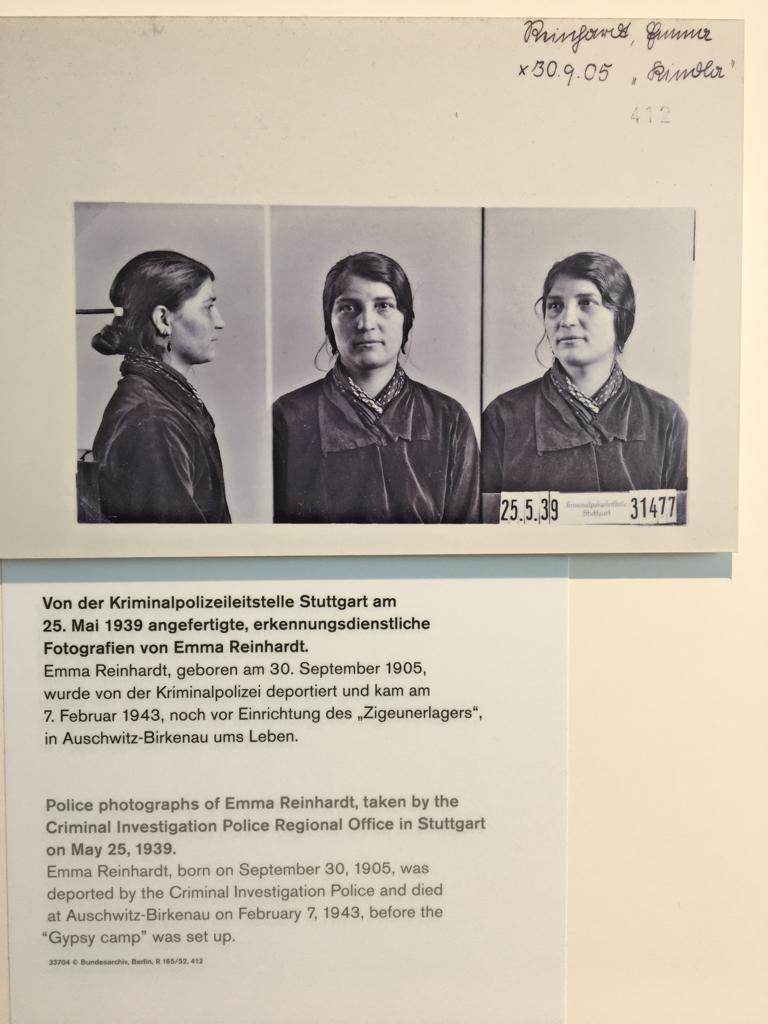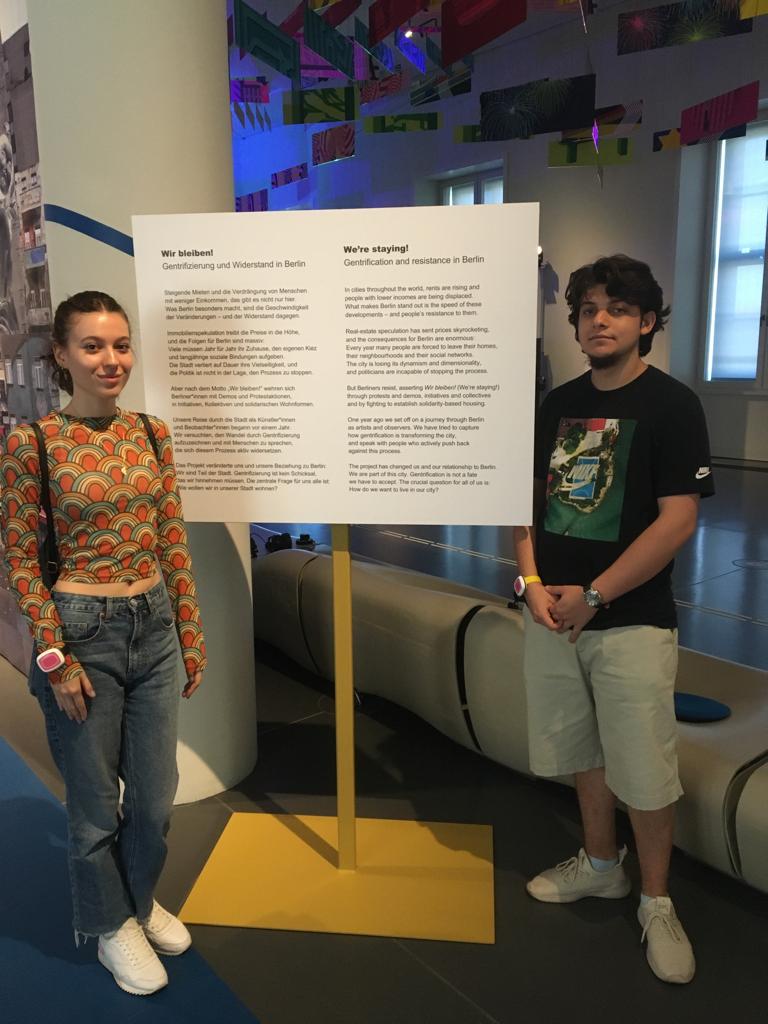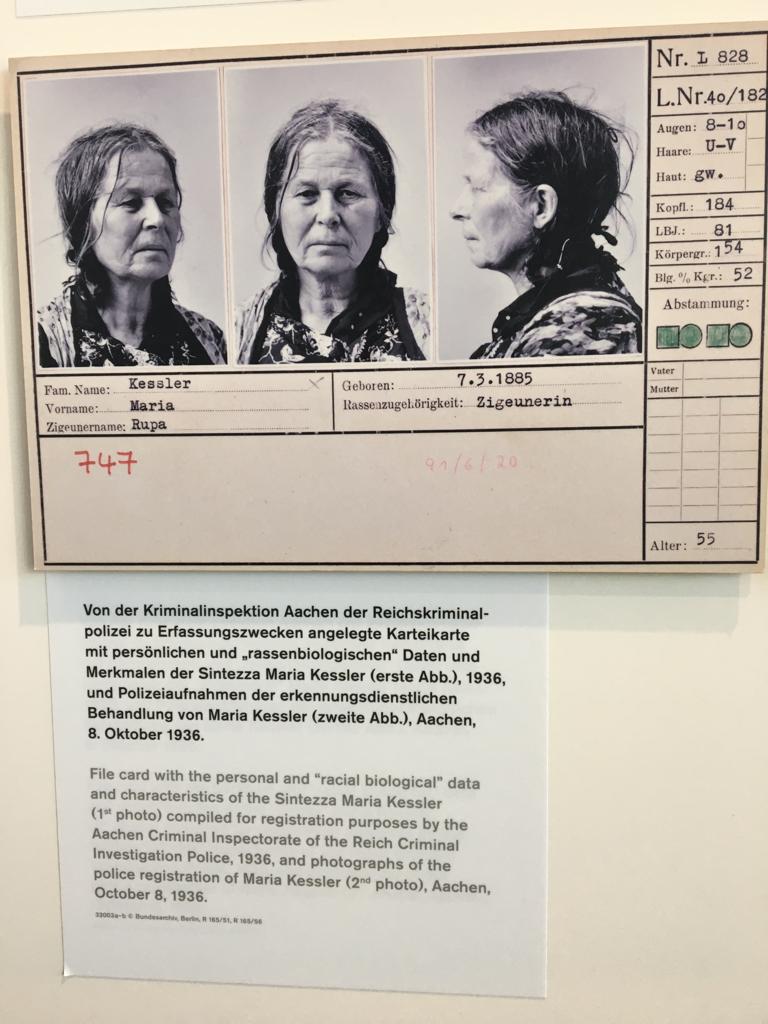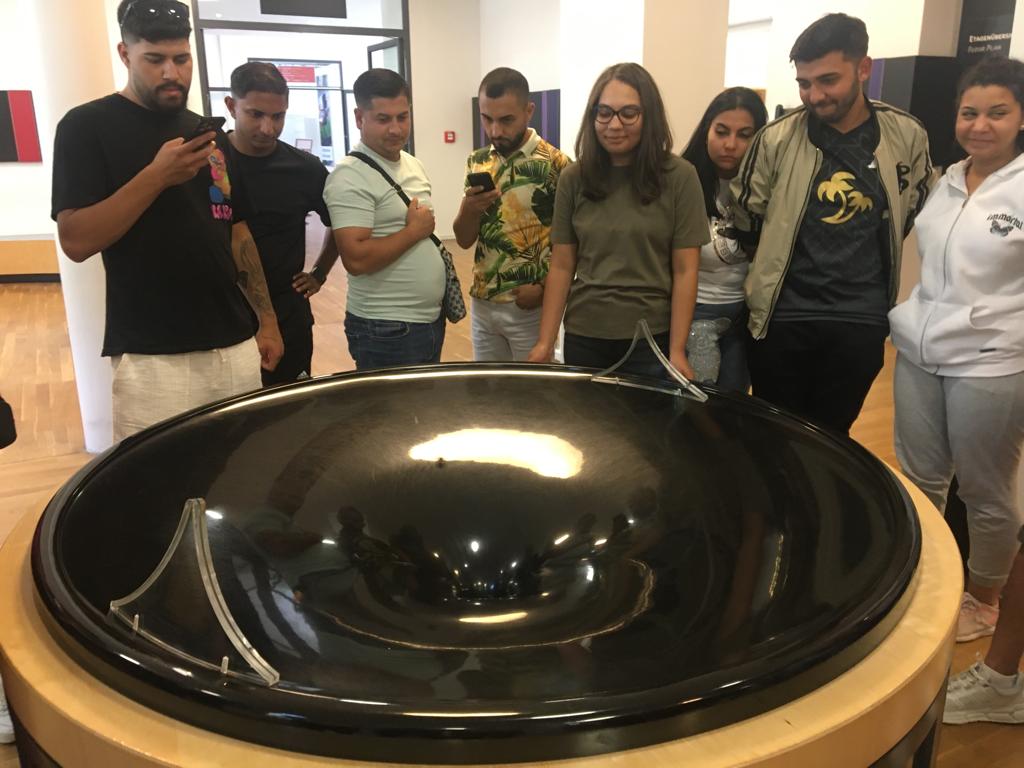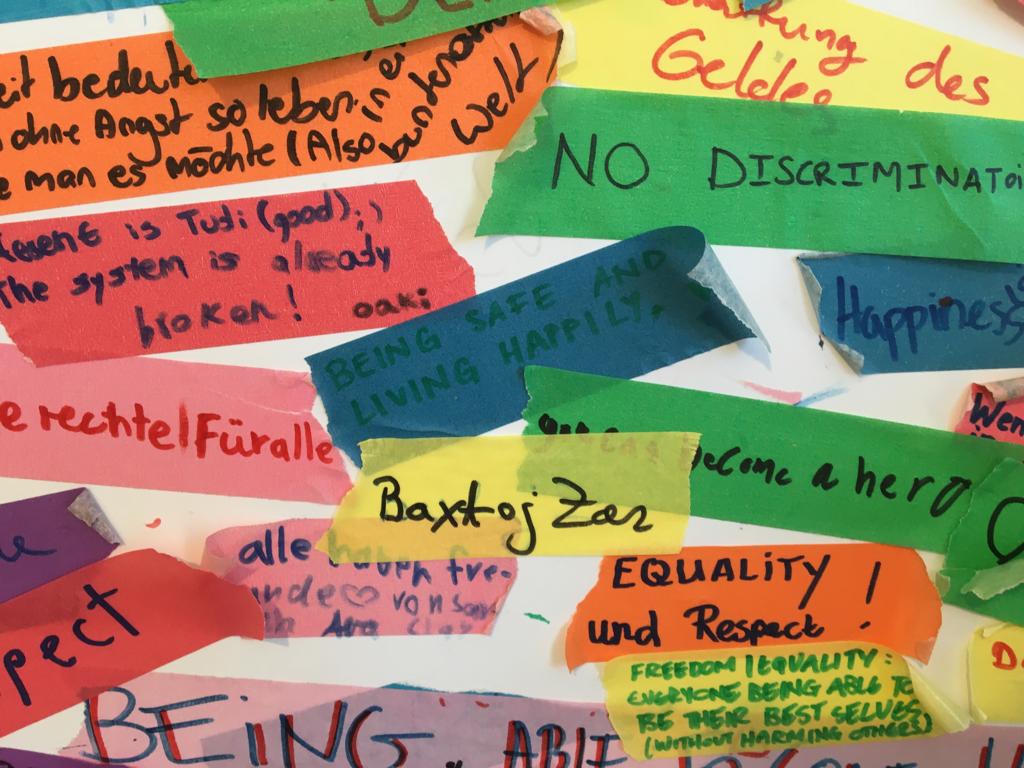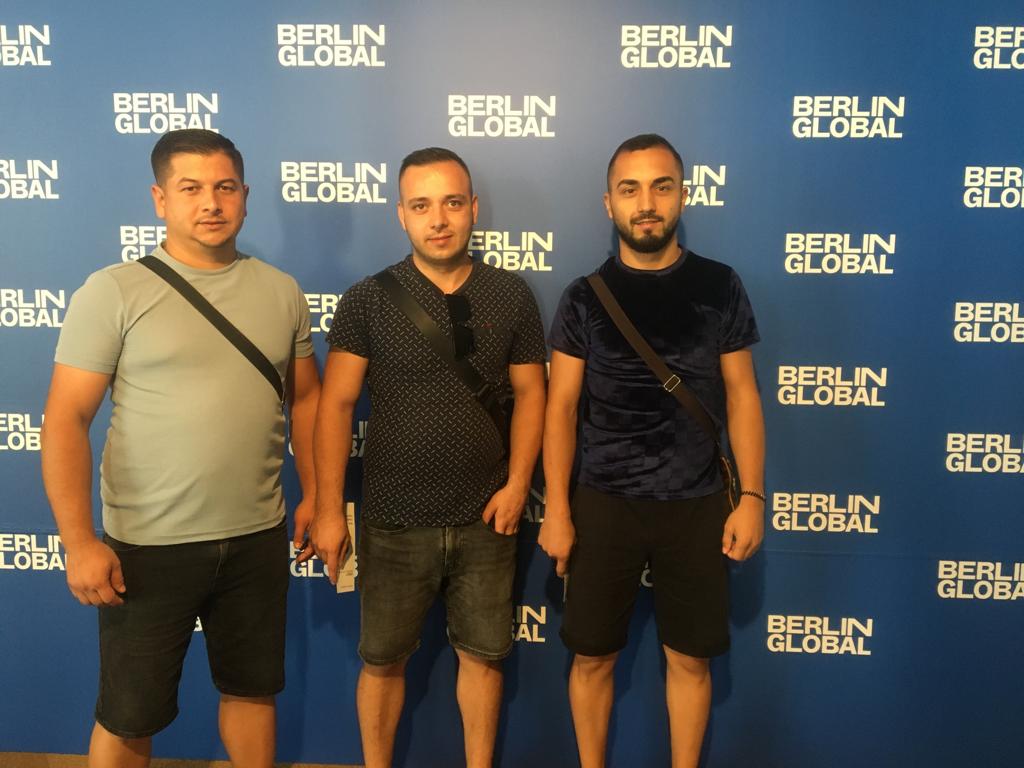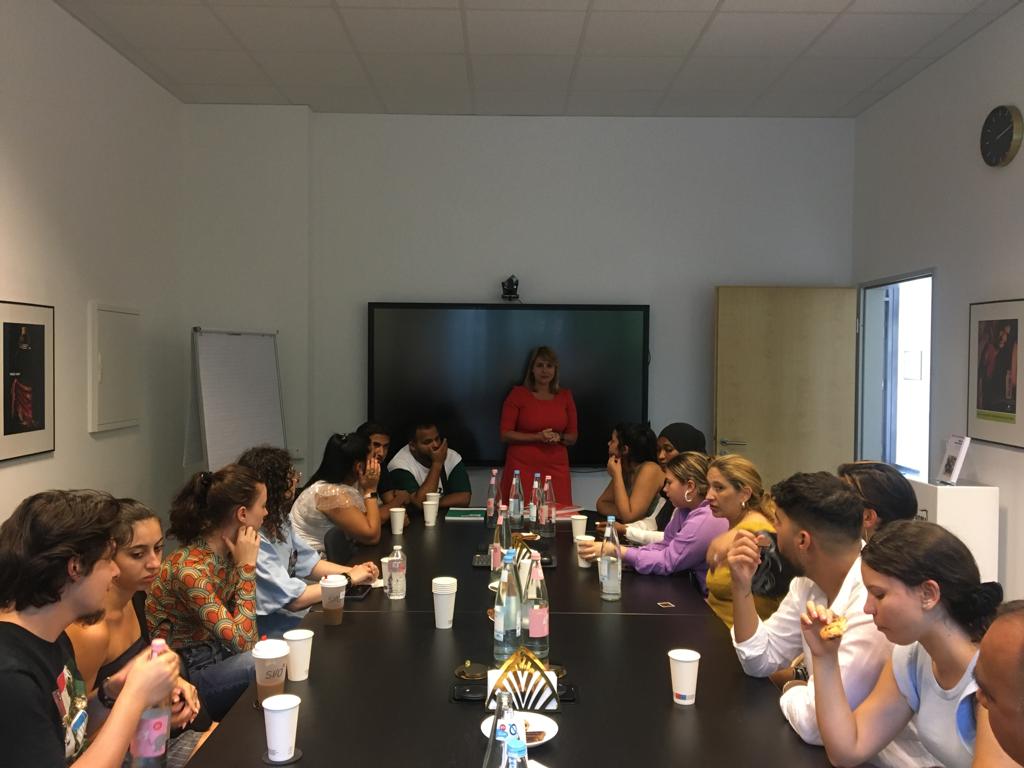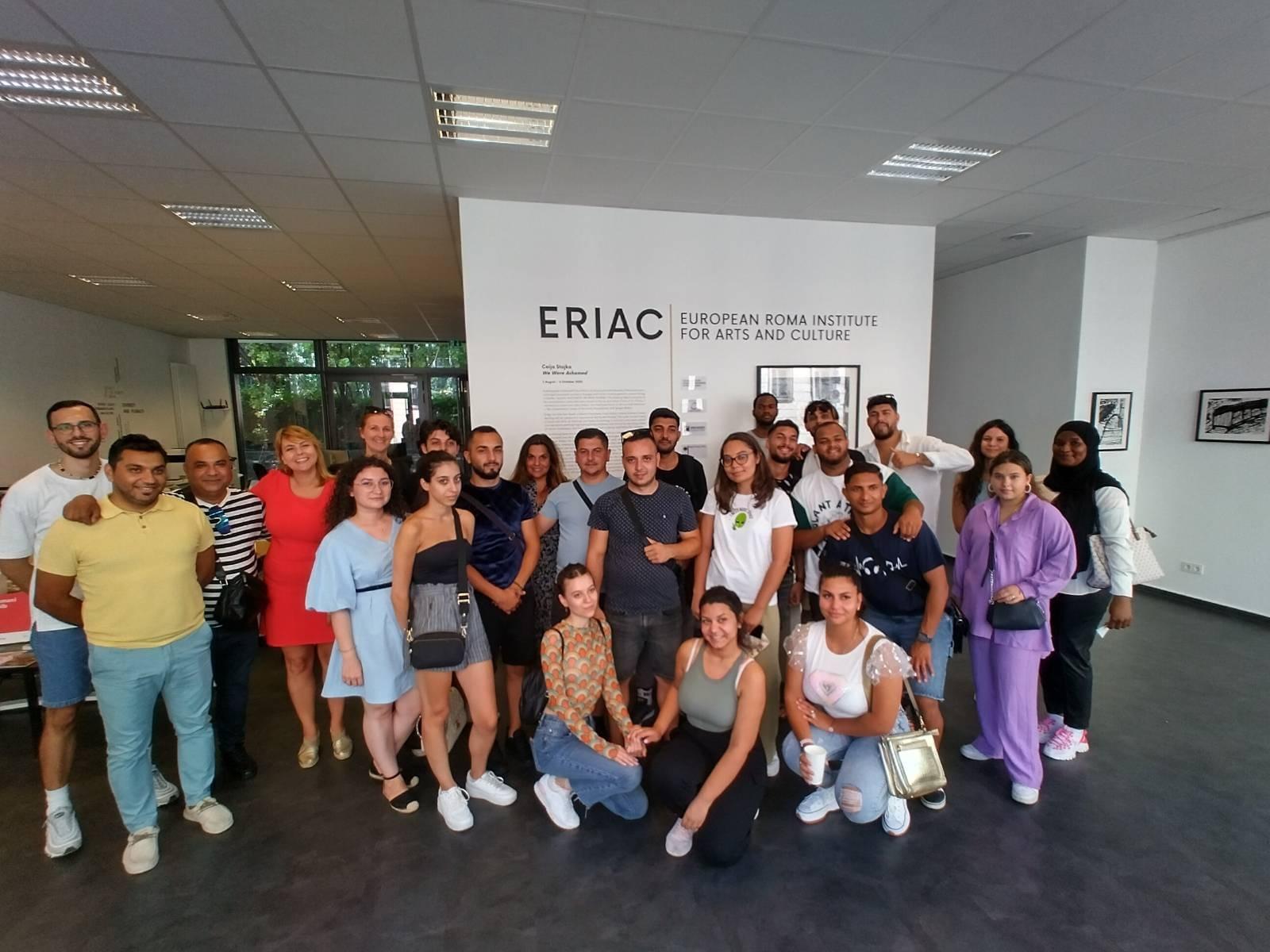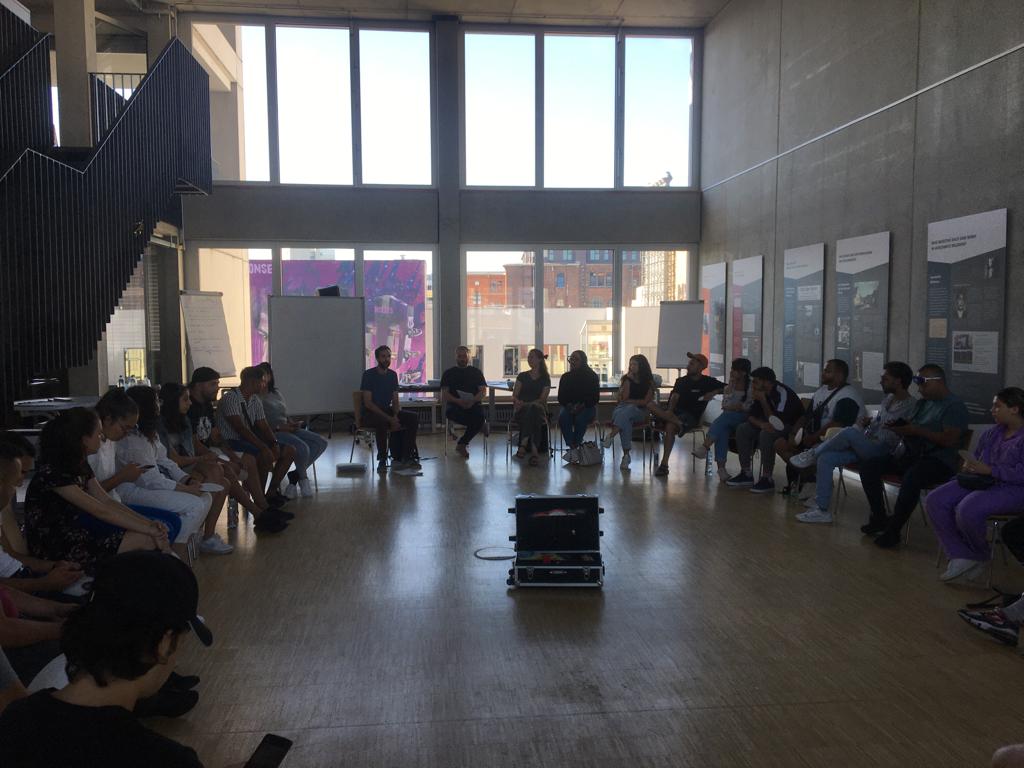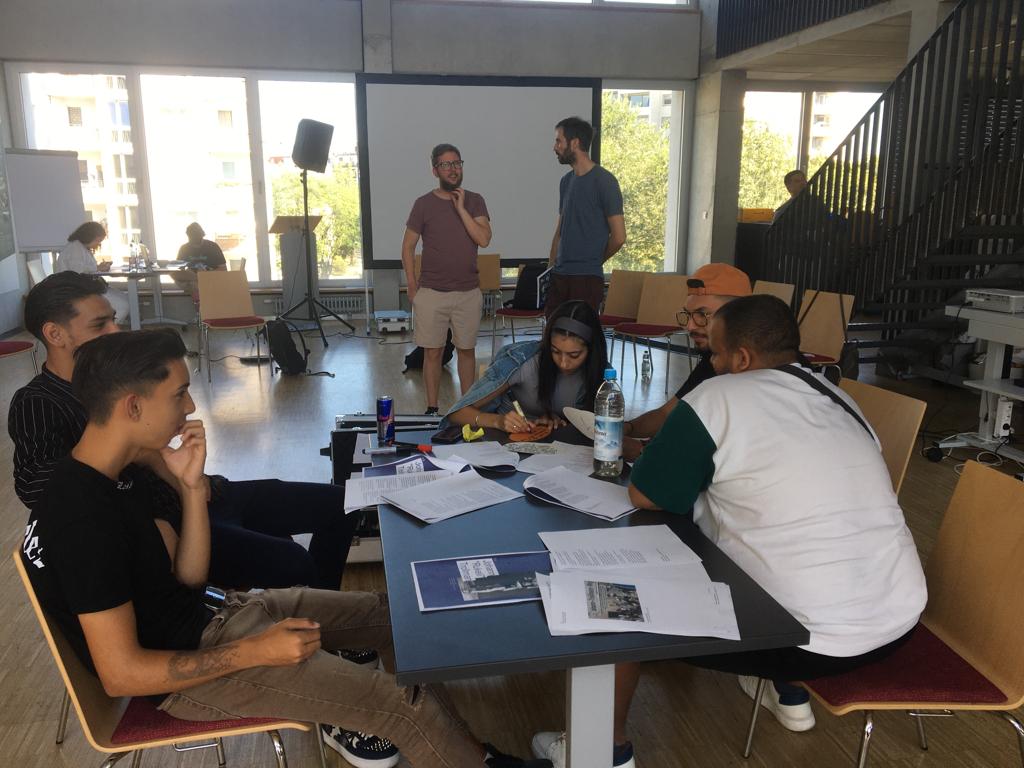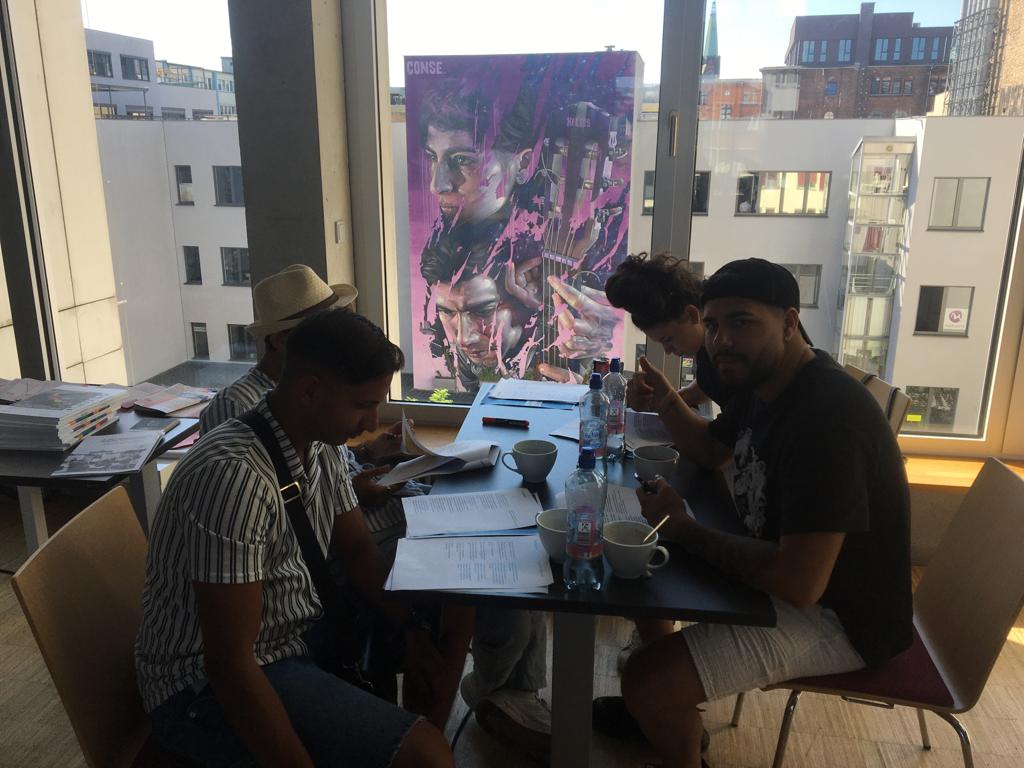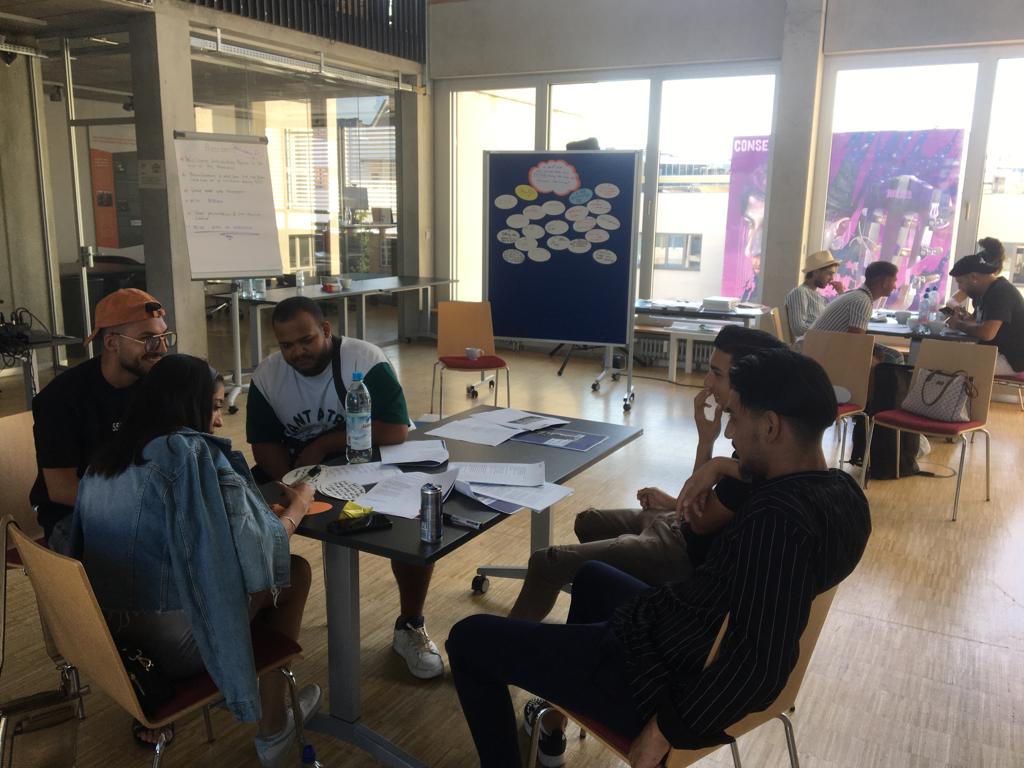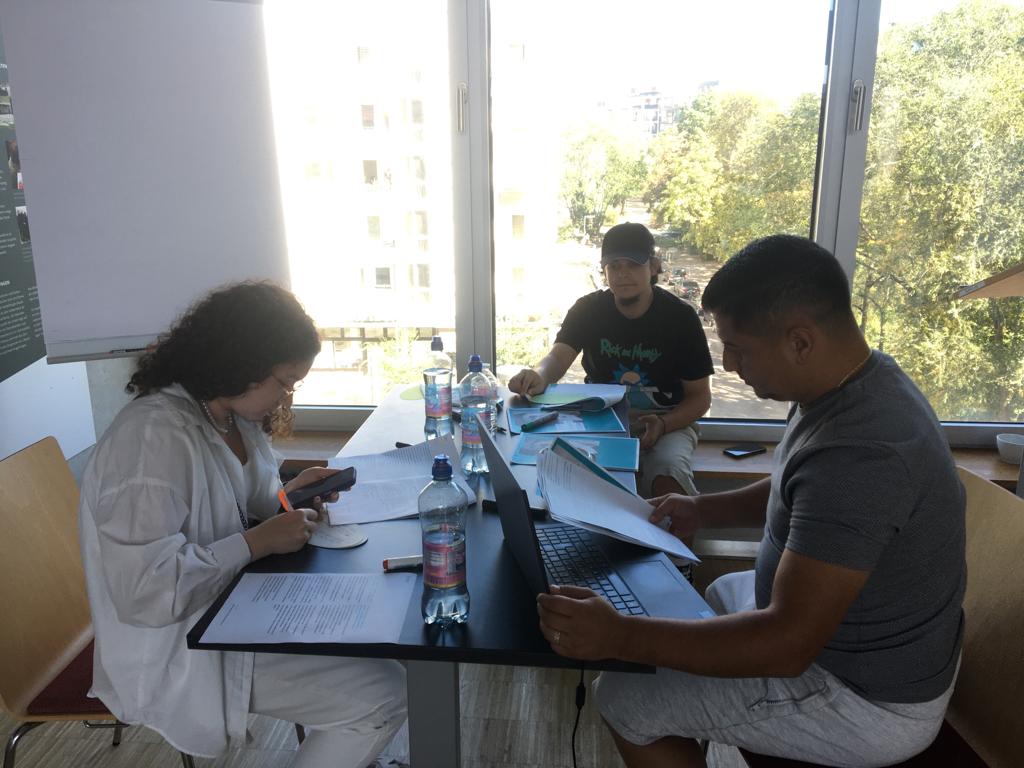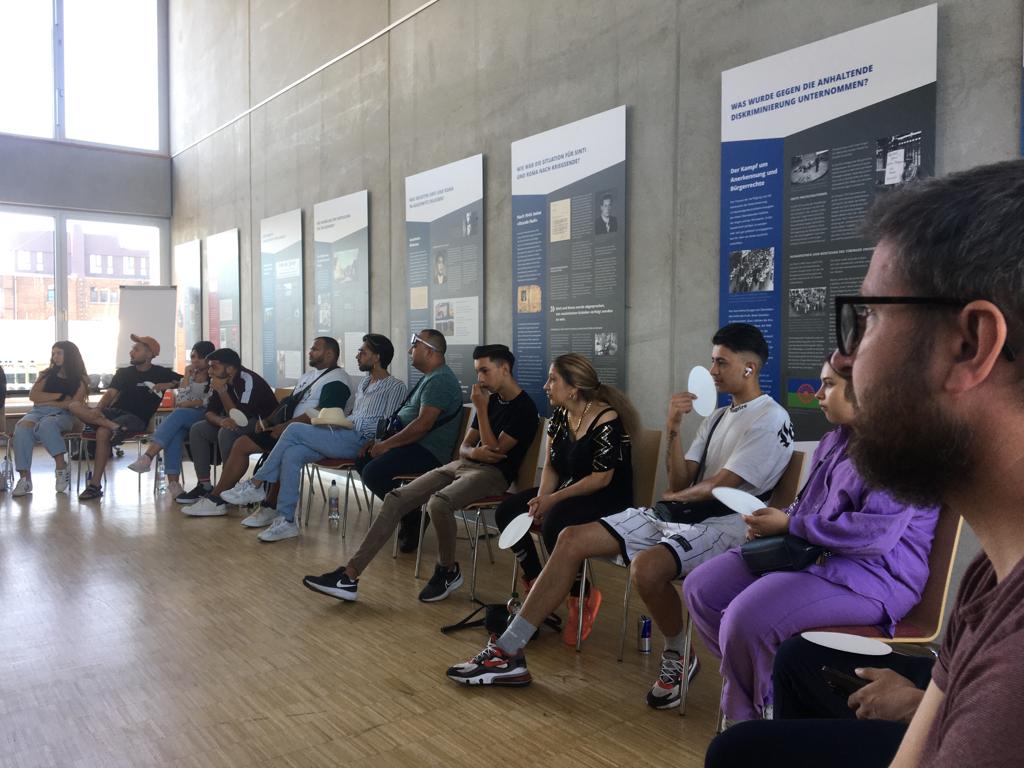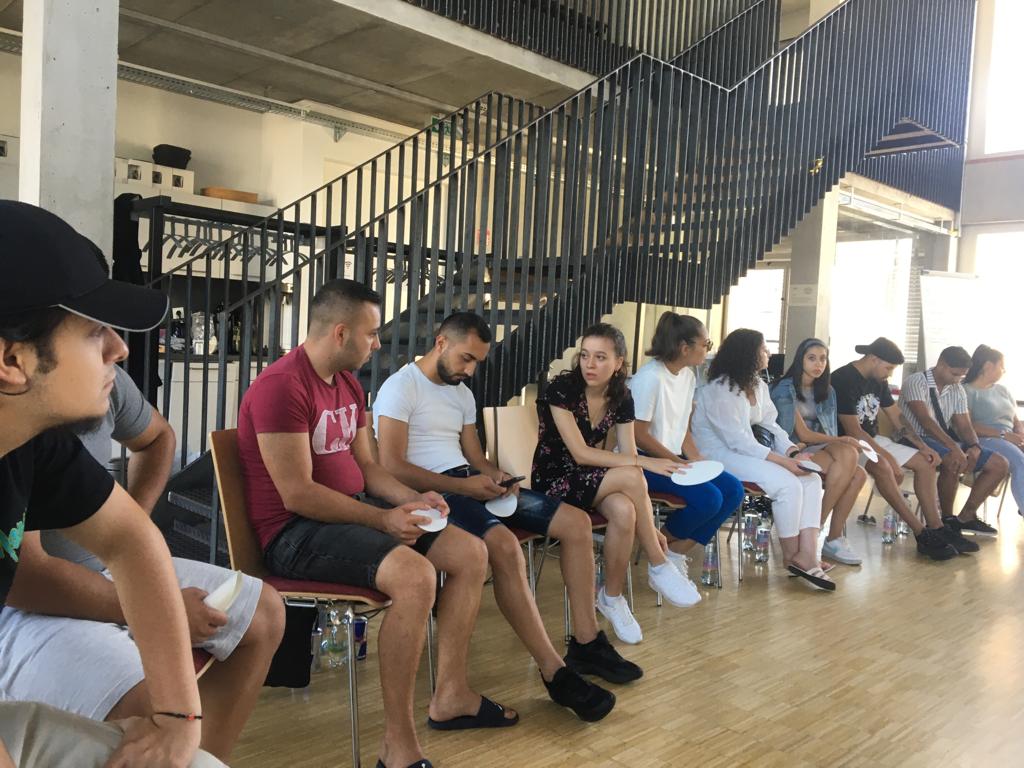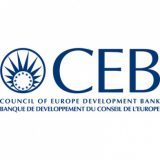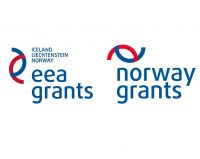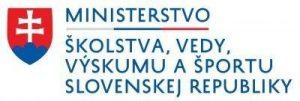On September 4th, 2023, a group of students from Bulgaria, Germany and Romania started an insightful discovery journey focused on the Roma Resistance in Europe. Their first stop was the beautiful city of Berlin, Germany.
“The cultural diversity of Berlin enriches our students’ learning experience, as they study the Roma Resistance in this city that provides the perfect environment for their education. This project focuses on the stories and achievements of the Roma in European history, which are especially relevant in today’s context. Based on their thorough research on the theme of Roma Resistance, our students will create a series of stories inspired by their visits, workshops, and encounters with relevant people. They will publish these stories in a book and share them with other European and global youth” – Alexandru Zamfir, REF’s coordinator of the “Resist, Revolt, Rejoin!” project.
On Monday, they’ve begun their research visit to Berlin at the Memorial to the Sinti and Roma of Europe, an event organized in partnership with Bildungsforum Gegen Antiziganismus *.
“I believe that the Memorial to the Sinti and the Roma of Europe – that were murdered by the National Socialism during World War II – represents an important step in the process of recognizing the history of oppression the Roma have lived during that period. His symbolism determines the visitor to engage and to discover more about the Roma Holocaust. Also, by placing the memorial next to a government building, in a central area of the city, it stands for remembering the history, cause those that don’t are doomed to repeat it” – Viorel Călin, student at the Romani Language Department from University of Bucharest, Romania.
“I am really grateful that I got to visit the Memorial to Europe’s Sinti and Roma because I believe it’s an important form of resistance. This way the past won’t be forgotten, it lives on. I am glad to see that the history of the Roma is recognized through a space like this, in the sense that such space cannot be ignored. For example, if you pass by you will see historic facts and images of survivors and this catches people’s attention” – Bianca Nestian, student at the Romani Language Department from University of Bucharest, Romania.
On Tuesday, the students visited the Topographie des Terrors Museum. After visiting the exposition, focusing on the gallery dedicated to the Holocaust, the three coordinators of the project – Alexandru Zamfir from REF Romania, Asen Karagyozov from Youth Club Stolipinovo Bulgaria and Steffen Moor from GrünBau gGmbH Germany – had a long and meaningful conversation with the students about their feelings and insights.
“We talked about how the Roma Holocaust is represented in the public space, both in our home countries and at the European level, and why it is essential for this topic to be more visible and accessible, through museums and street exhibitions. Such spaces can inform people, Roma and non-Roma alike, about the true history of what happened there, and also create opportunities for dialogue and reflection about the Roma Holocaust, so that we can prevent such atrocities from happening again.
We also touched upon the idea that discrimination and racism can manifest in different ways. They can escalate gradually until they lead to holocaust, mass extermination, deportation and other horrors. But the point we wanted to make is that discrimination can sometimes be subtle and hard to notice, and that we need to be alert and aware of any sign of discrimination and racism, so that we can expose it and stop it from growing and becoming something much worse” – Alexandru Zamfir.
On Wednesday, they visited Humboldt Forum Berlin Global and European Roma Institute for Arts and Culture – ERIAC’s HQ in Berlin.
“We are always excited to welcome youngsters and students to show them a slice of Roma culture. Roma Education Fund Romania brought young people from Romania and Bulgaria to have a bit of an insight into our language initiative and the work ERIAC does” – ERIAC.
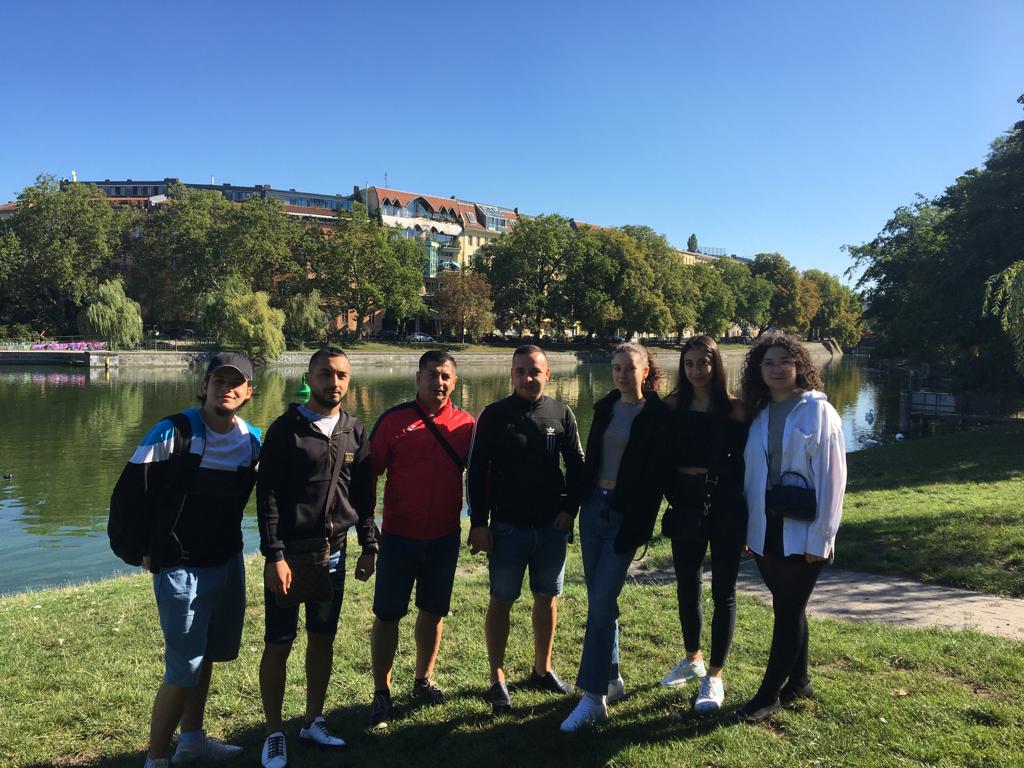
“Language, history, tradition, clothes, food – these are some of the elements that shape the identity of a group of people, a nation, a culture. But language is the essential element of a coherent culture; we can say it is the core of a culture. During the visit at ERIAC, I found out about the efforts of passionate professionals who work to preserve the Roma identity. They aim to promote and protect Roma culture and language. I learned about a manual written by experts under the coordination of Mihaela Zătreanu, which helps anyone achieve the A2 level of proficiency in the Romani language and helps to preserve and develop this language.
I also found out about the “Barvalo” exhibition, organized by ERIAC in the Museum of Civilizations of Europe and the Mediterranean in Marseille (MuCEM) – which showcases the Roma theme. The exhibition is a fantastic achievement and a significant step forward for promoting Roma culture and identity internationally. I was happy to visit a relatively new institute, founded in 2017, which has already made a lot of progress and is inspired by the successes of those who came before them in promoting Roma culture” – Felicia Constantin (Romania) one of the students involved in the #RomaResistance research.
On Thursday, the students participated in a workshop organized in partnership with the The Education Forum against Antigypsyism.
“Tuesday’s workshop – titled “Coworking Resistance” – focused on combating the anti-Gypsyism in Germany. To kick things off, we began with a keynote presentation by the educational centre. They’ve prepared a workshop for us centered on the biographies of people who resisted the persecution of the National Socialists in Germany during the years 1933 to 1945. In the upcoming days, we’ll be delving into rewriting Roma resistance stories, emphasizing the topics of resistance, revolution, and the fight for rights. We’ll be working collaboratively with three different nations: Bulgaria, Romania, and Germany” – Steffen Moor, project coordinator from GrünBau gGmbH, Germany.
The “Resist, Revolt, Rejoin!” project builds on the previous project The First Trinational Congress (TriCon). The students decided to research Roma Resistance after taking part in the #TriCon activities (July – October 2022), where they wrote a book – published in four languages – that contained their proposals on European issues such as global warming, digitization, social justice and the labor market, education and sport, health, migration.
The “Resist, Revolt, Rejoin!” project will end in April 2024 and it is funded by the local administration of Dortmund, Germany and implemented by the organizations GrünBau gGmbH from Germany, Youth Club Stolipinovo from Bulgaria and Roma Education Fund Romania.
“Our goal is to commence our research process here, in Berlin, to get to know each other, and eventually publish either fictional or non-fictional stories of resistance by Romani people from the past and present situations. Our ultimate aim is to compile these stories into a book and present it in Bulgaria on International Roma Day in April 2024. We are a group of 30 people, with 10 individuals representing each country” – Steffen Moor, project coordinator from GrünBau gGmbH, Germany.
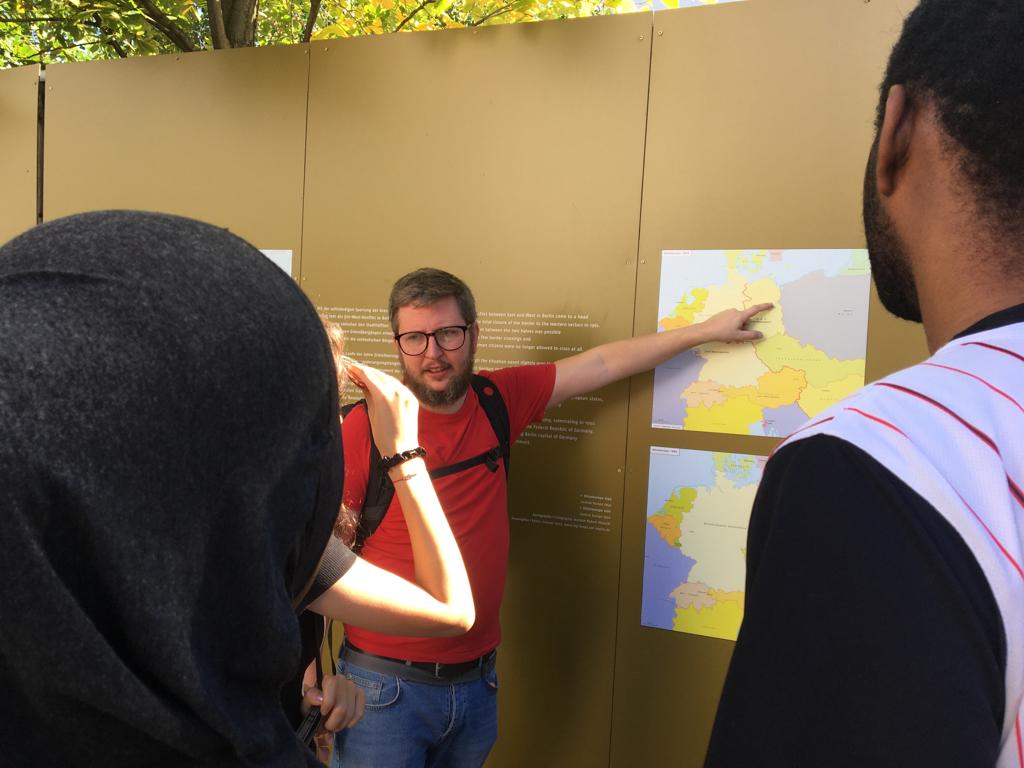
*The Education Forum against Antigypsyism
